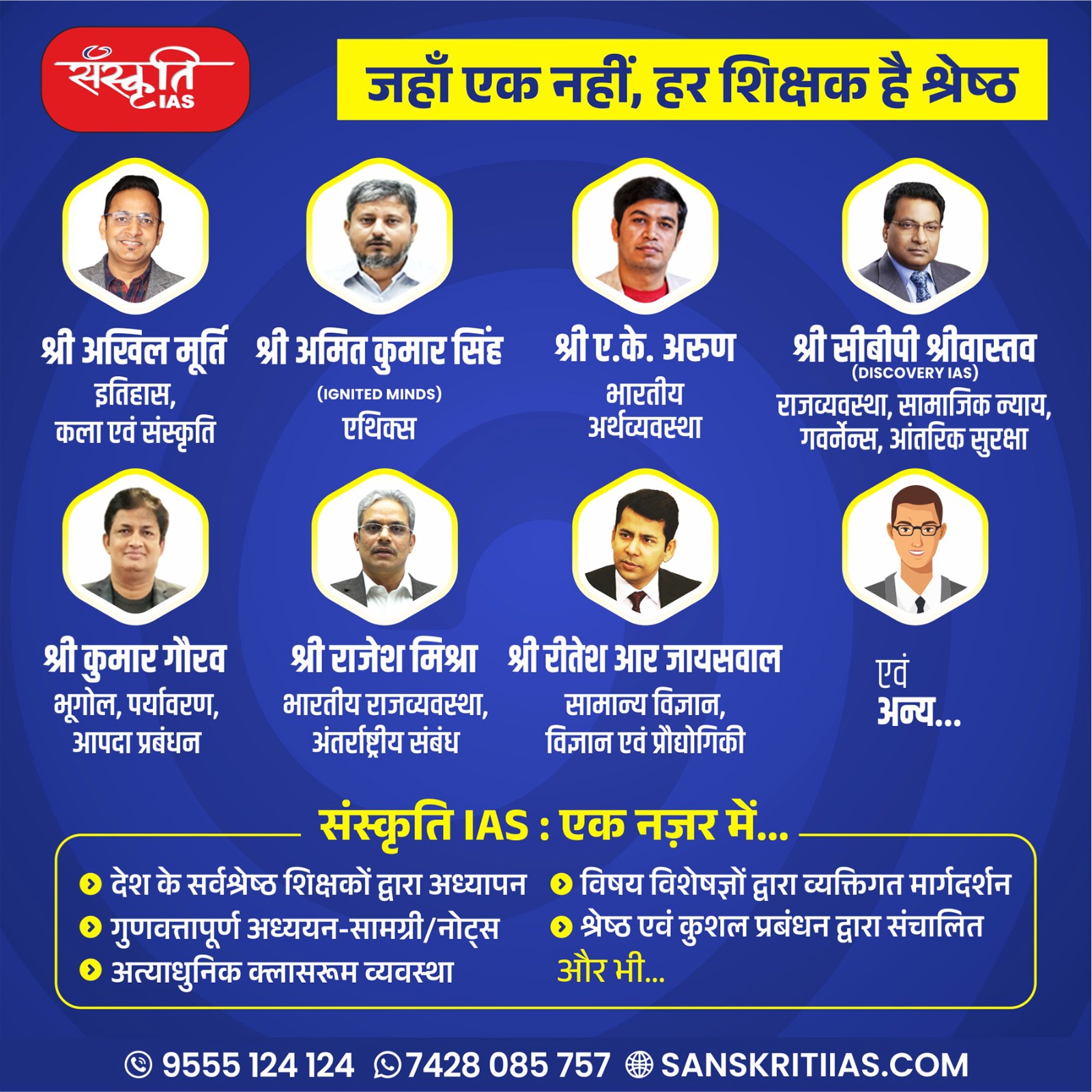Journey of Hope:

The recent events surrounding the Bharat Jodo Nyay Yatra (BJNY) in Assam and the strained relationship between Congress leader Rahul Gandhi and Assam Chief Minister, Himanta Biswa Sarma. The author emphasises that the animosity towards Rahul Gandhi has historical roots, with a tendency to spread negative narratives about him.
The narrative shifts to Chief Minister Himanta Biswa Sarma’s recent controversial statement during the ‘Ram-Ravan’ stunt, where he asserted, “Assam is with Ram, not Ravan,” in an attempt to prevent Rahul Gandhi from praying at the birthplace of Srimanta Sankardeva. The author suggests that this move has yet to be well-received by the people of Assam, as it contradicts the inclusive philosophy of Sankardeva and stands in contrast to the exclusionary principles of Hindutva.
Srimanta Sankardeva, a 15th-century poet-saint-scholar-religious reformer, holds immense cultural significance in Assam. The article explains that Sankardeva’s teachings and philosophy are deeply rooted in Assamese society, transcending religious boundaries. The open embrace of Sankardeva’s principles by the people of Assam is portrayed as an endorsement of inclusivity, which stands in contrast to the exclusionary nature of Hindutva ideology.
In summary, the article contextualises the ongoing tensions between Rahul Gandhi and Himanta Biswa Sarma in Assam, highlighting the significance of Srimanta Sankardeva’s inclusive philosophy as a crucial factor in shaping public sentiment in the state.
Journey of Hope: Bharat Naya Yatra
The passage reflects on the political dynamics in Assam, particularly regarding the BJP’s attempts to resonate with the local population through events like ‘Namami Brahmaputra’. The author highlights that such efforts, reminiscent of the ‘Namami Gange’ initiative, did not resonate well with the people of Assam.
The ‘Namami Brahmaputra’ event in 2017, which attempted to emulate the ‘Namami Gange’ campaign, fell below expectations. Despite efforts to showcase the river as a symbol of cultural and environmental importance, it failed to capture the essence of Assamese sentiment. Unlike the Ganga, the Brahmaputra holds a different significance in the cultural landscape of Assam. While revered, it is not worshipped in the same manner as the Ganga.
The author suggests that such events reflected “mainland India’s fantasies and obsessions,” indicating a lack of understanding of Assamese culture and sentiments. The extravaganza surrounding ‘Namami Brahmaputra’ did not resonate with the local populace and was not repeated.
Regarding Himanta Biswa Sarma, the Chief Minister of Assam, the author notes his prominence within the BJP and the attention he receives from Sangh bigwigs, as evidenced by his appearance on the cover of Organiser, the RSS mouthpiece. However, the author cautions against overestimating Sarma’s influence solely based on media coverage.
The 2019 Lok Sabha elections in Assam, where the BJP secured nine out of 14 seats, are cited as evidence of Sarma’s limited sway in the state. Despite the BJP’s victory, the margin between the BJP and the Congress regarding vote share was narrow, with a slight negative swing against the BJP and a swing in favour of the Congress.
Overall, the passage underscores the complexities of political dynamics in Assam and highlights the disconnect between mainland India’s perceptions and the sentiments of the local population.
The passage provides insights into the political landscape of Assam, mainly focusing on the outcomes of the 2021 assembly elections and the subsequent strategies of opposition parties, notably the United Opposition Forum (UOF).
In the 2021 assembly elections, the BJP secured 60 out of 126 seats in Assam but obtained only 33.2% of the votes. Conversely, the Congress won 29 seats but garnered 29.7% of the votes. The narrow margin of 0.83% between the two major alliances, the NDA and the ‘Mahajot’ led by the Congress, underscored the competitive nature of the electoral contest.
Following the lessons learned from the assembly elections, the United Opposition Forum (UOF), comprising 15 parties, including the Trinamool Congress, Communist Party of India, CPI (Marxist), Aam Aadmi Party, Janata Dal (United), Assam Jatiya Parishad, and the Raijor Dal led by Akhil Gogoi, resolved to field joint candidates in all 14 Lok Sabha constituencies of Assam.
The decision to field consensus candidates was reached unanimously in December 2023 during a meeting in Dhubri. Notably, the resolution excluded the All India United Democratic Front (AIUDF), led by Badruddin Ajmal, due to suspicions of the party’s alleged nexus with the BJP.
The unity among the UOF parties, particularly their decision to collaborate in fielding candidates for the Lok Sabha elections, signifies a concerted effort to challenge the dominance of the BJP and its allies in Assam’s political landscape. The passage also highlights the media’s surprise at the unity displayed by the opposition, which contrasts with narratives emphasising internal divisions and contradictions within the alliance.
Overall, the developments outlined in the passage illustrate Assam’s evolving political strategies and alliances as opposition parties seek to consolidate their support base and present a formidable challenge to the ruling BJP.
The passage discusses the response to the Bharat Jodo Nyay Yatra (BJNY) in the northeastern states of Manipur, Nagaland, Arunachal Pradesh, and Meghalaya, highlighting their significance in the political landscape despite having just one or two Lok Sabha seats each.
While these states may not wield significant electoral influence due to their limited number of Lok Sabha seats, their strategic importance as border states must be recognised. The sentiment of these states towards the ruling government in Delhi holds political significance, particularly considering their geopolitical context and the ongoing ethnic strife in Manipur.
The North-East Democratic Alliance (NEDA), an extension of the National Democratic Alliance (NDA) in the northeastern region, secured 20 out of 25 Lok Sabha seats in 2019, with the BJP winning 15. However, despite the apparent dominance of the NEDA, the passage notes that the difference in vote percentages between the NEDA and the opposition alliances is slight.
Even a marginal swing of 1 percentage point in favour of the United Opposition Forum (UOF) could disrupt the political equilibrium in the region and potentially affect the electoral outcomes. This underscores the delicacy of the political balance in the northeastern states and the potential for shifts in public sentiment to impact electoral dynamics significantly.
Overall, the passage emphasises the political significance of the northeastern states in shaping regional and national politics despite their relatively small representation in the Lok Sabha. It underscores the importance of understanding regional politics’ nuances and local sentiments’ potential impact on broader electoral outcomes.























